Highlights
- Martin Lewis flags incorrect return rights information on 30 retail websites
- Retailers include New Look, The Range, and Selfridges
- Lewis clarifies legal rights for online and in-store purchases
- Trading Standards to be alerted following MoneySavingExpert.com investigation
Martin Lewis highlights return rights confusion
Money-saving expert Martin Lewis has issued a warning to UK consumers after uncovering misleading returns information on the websites of 30 major retailers, including New Look, The Range, and Selfridges.
Speaking on ITV1's Good Morning Britain, Lewis explained that several retailers are presenting incorrect information about return rights for online shoppers — in some cases, underplaying the legal protections customers are entitled to.
In a tweet posted after the segment aired, Lewis wrote: “30 retailers including Selfridges, New Look and The Range are publishing misleading (worse) return rights information on their websites than you legally have. Find which stores to be cautious with, and what your rights are.”
Legal rights for online shoppers
During his TV appearance, Martin Lewis clarified that consumers who shop online — as opposed to in-store — benefit from legal protections under the Consumer Contracts Regulations.
“If you buy something online, unless it is personalised or perishable, you have an absolute right to change your mind,” he said. “You have 14 days after delivery — important it’s after delivery, not after order — in which to tell the retailer you're returning it. Then you have another 14 days to send it back. That gives you up to 28 days.”
He also stressed the distinction between online and in-store shopping: “If you buy something in-store, you have no legal right to return it unless it’s faulty. Some shops do allow returns as part of their policy, and if they publish that, it becomes part of the contract. But legally, there is no obligation unless the item is defective.”
Incorrect wording found on retailer websites
Lewis and his team at MoneySavingExpert.com identified numerous cases where retailers had not correctly stated consumers’ legal rights on their websites.
One such example involved New Look, where the website stated: “You can return sale items within 14 days.” Lewis responded: “No! You can notify them within 14 days and you’ve got another 14 days to send it back.”
He also flagged a misleading policy by home and garden retailer The Range, which read: “You need to return your item to us at our Range marketplace partner within 14 days of receiving it.” Lewis explained: “No. You have 14 days from receiving it to notify that you’re returning it and a further 14 days to complete the return.”
He went on to say: “We found 30 examples. What’s really frustrating is that two of those — Monsoon and New Look — had the same issue back in 2018 when we last reviewed this. We notified them then, and they still have it wrong now. So we’re taking our evidence to Trading Standards.”
Retailers respond
In response to the findings, a spokesperson for New Look said: “We thank MoneySavingExpert.com for bringing this to our attention. While our current policies comply with statutory return rights, we have updated the wording on our website to ensure greater clarity for our customers. Customers have 14 days to notify us that they’ve changed their mind on items bought online in our sale, and a further 14 days to make the return.”
Consumers are encouraged to review their rights when shopping online and refer to trusted sources like the Money Saving Expert website for accurate advice. The full list of the 30 retailers identified can be found there.
The Daily Express has also contacted The Range and other retailers mentioned in the investigation for further comment.



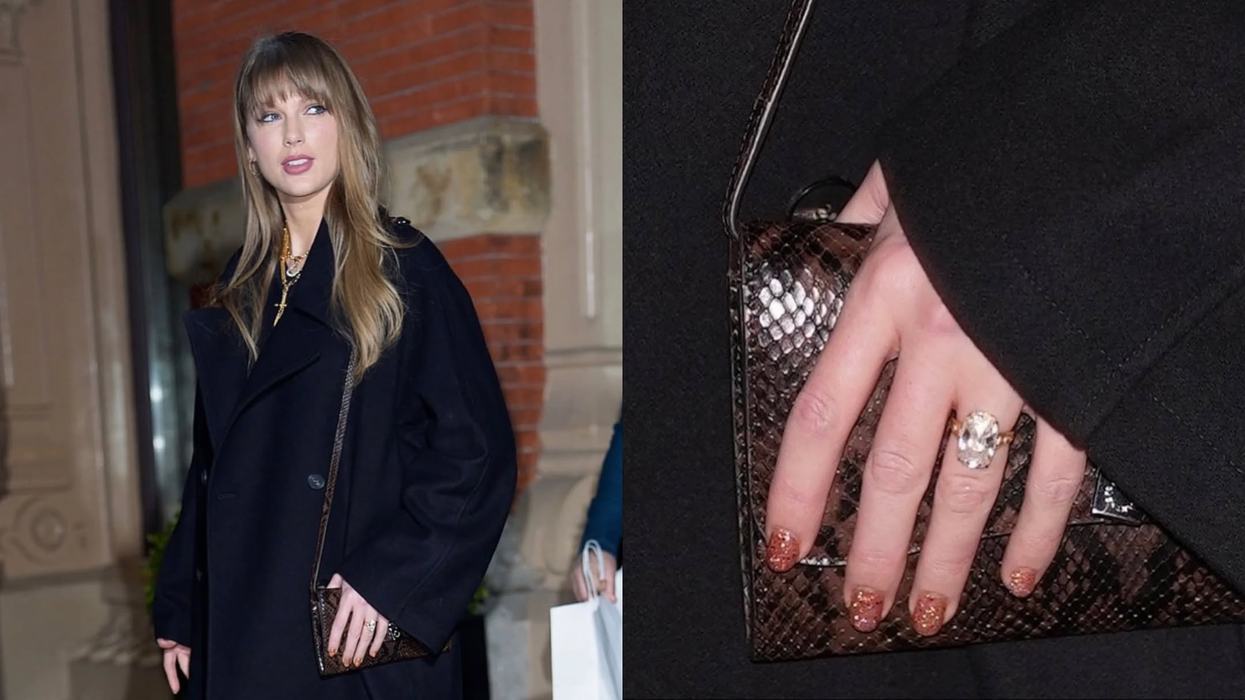
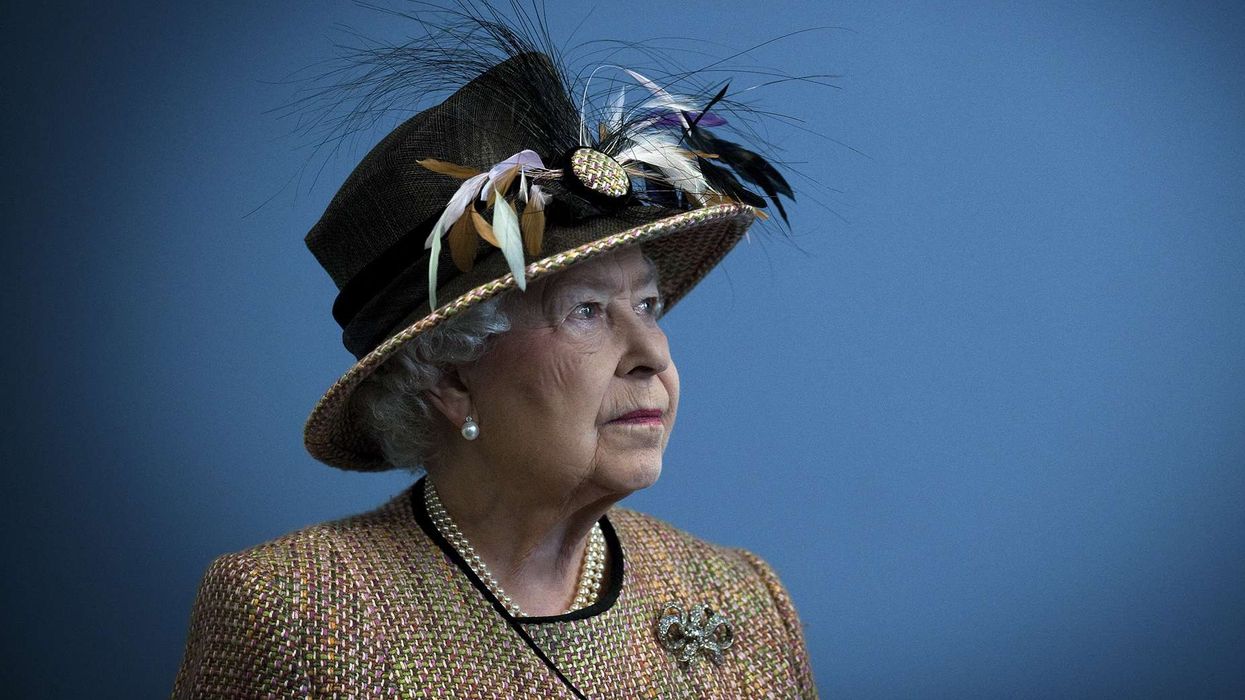

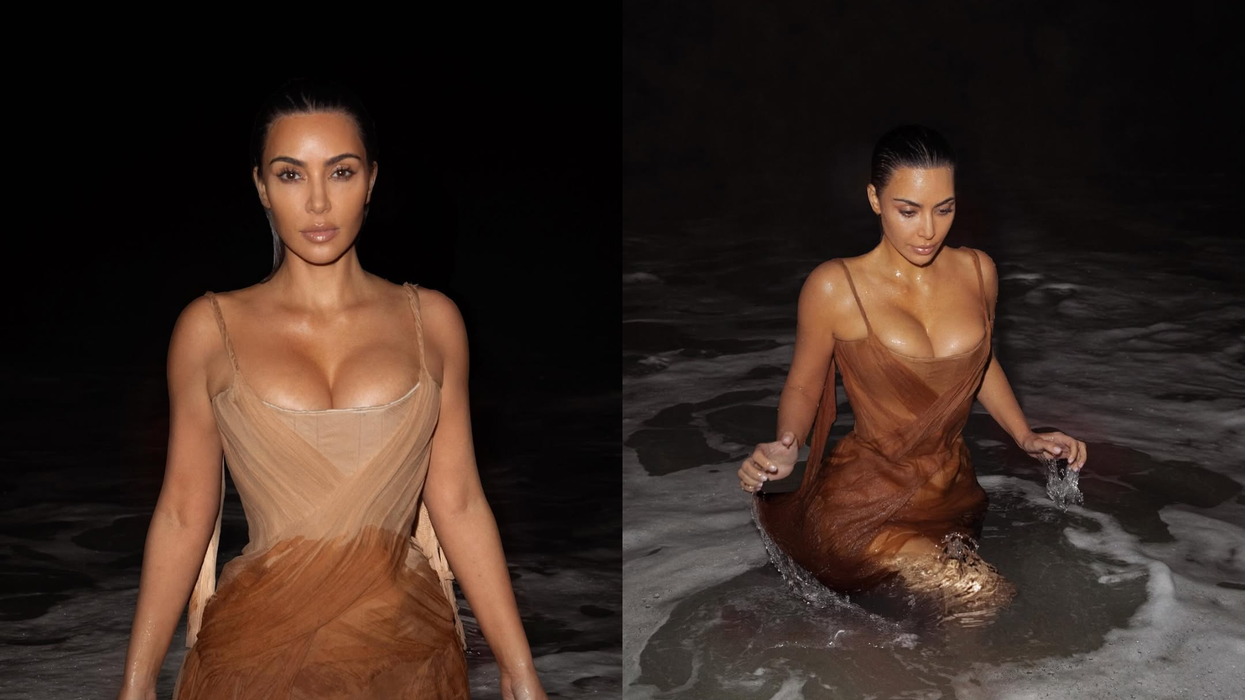
 Kim Kardashian splashes in nude McQueen gown on Rio sand Instagram/kimkardashian
Kim Kardashian splashes in nude McQueen gown on Rio sand Instagram/kimkardashian 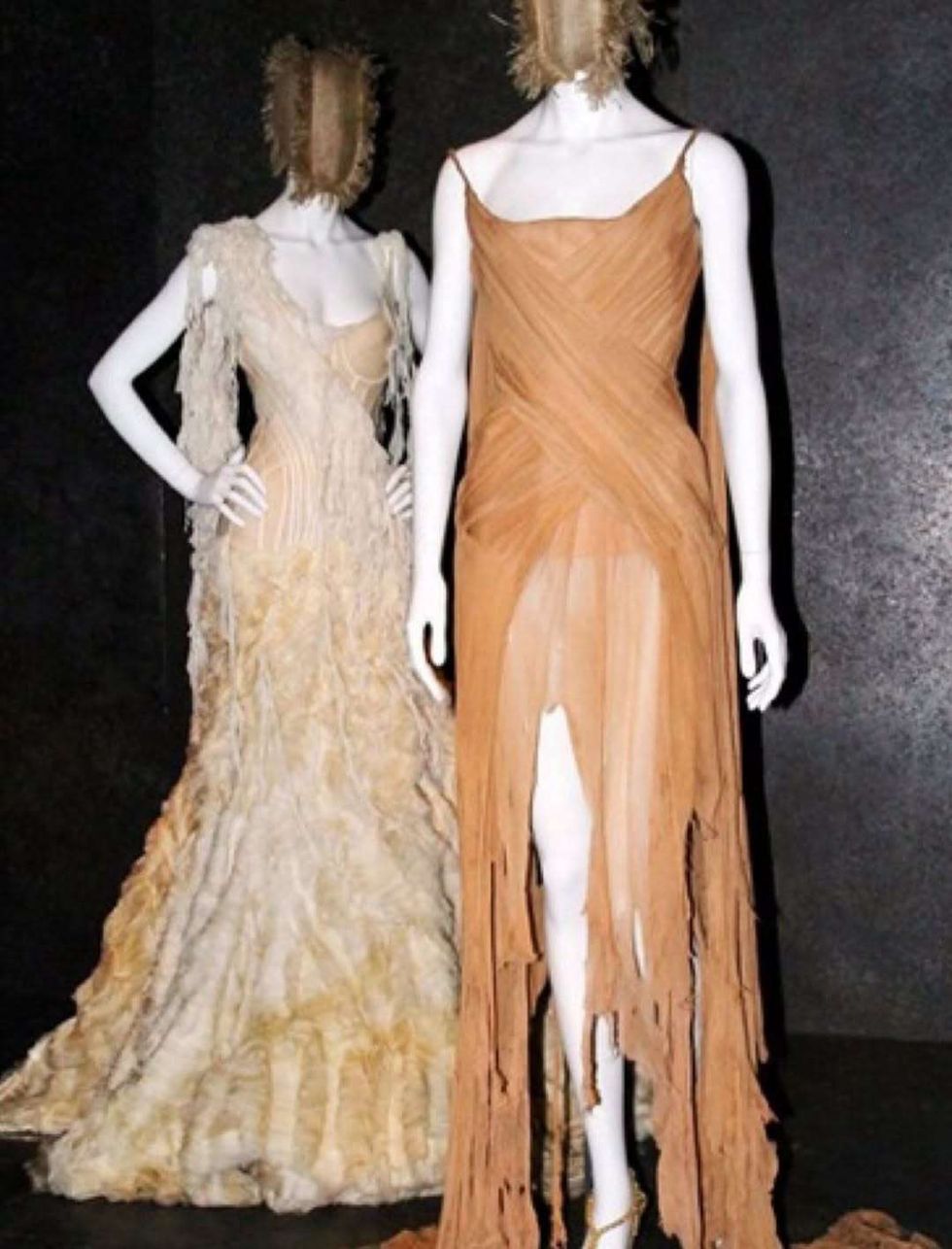 Shipwreck-inspired McQueen dressInstagram/kimkardashian
Shipwreck-inspired McQueen dressInstagram/kimkardashian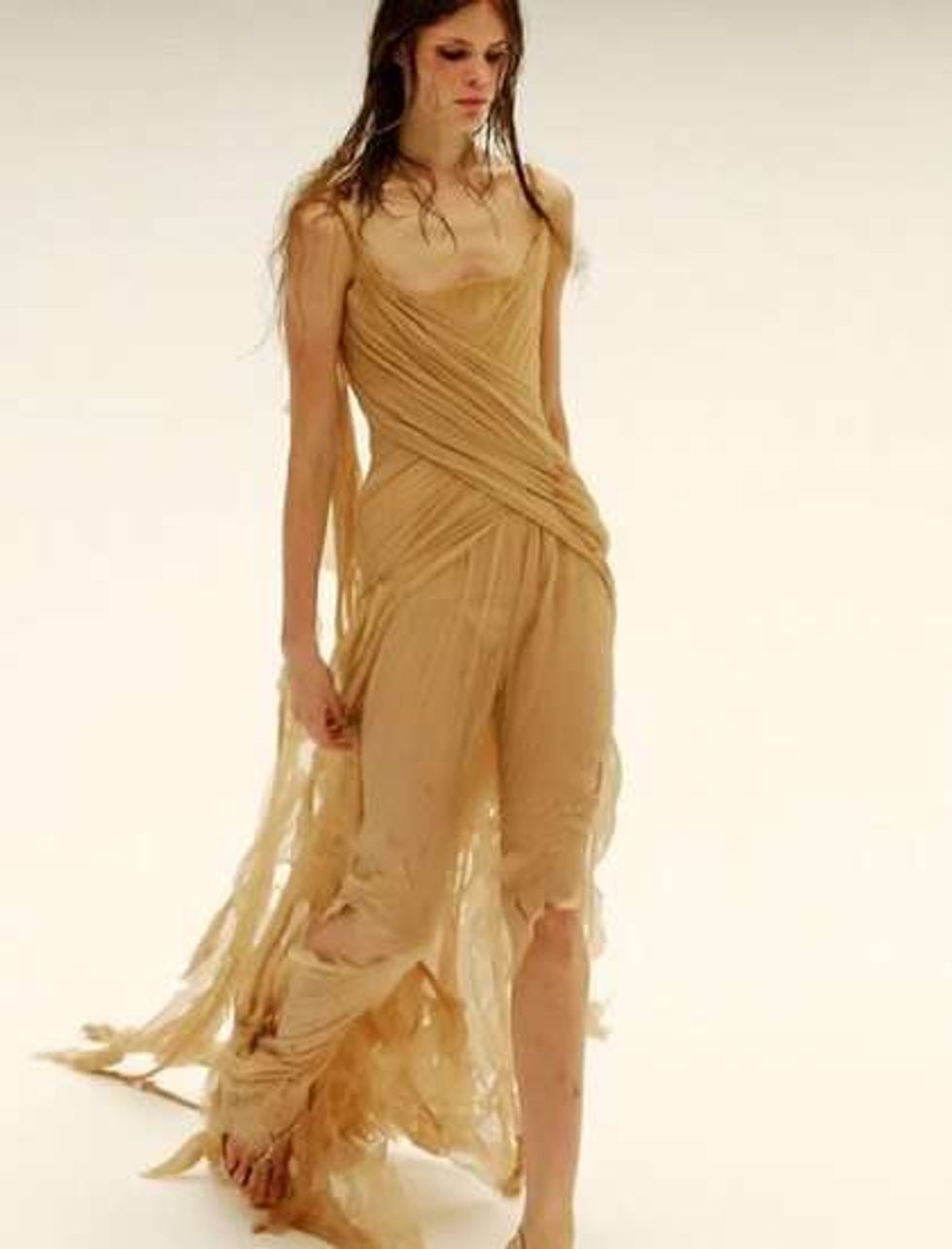 Shipwreck-inspired McQueen dressInstagram/kimkardashian
Shipwreck-inspired McQueen dressInstagram/kimkardashian






